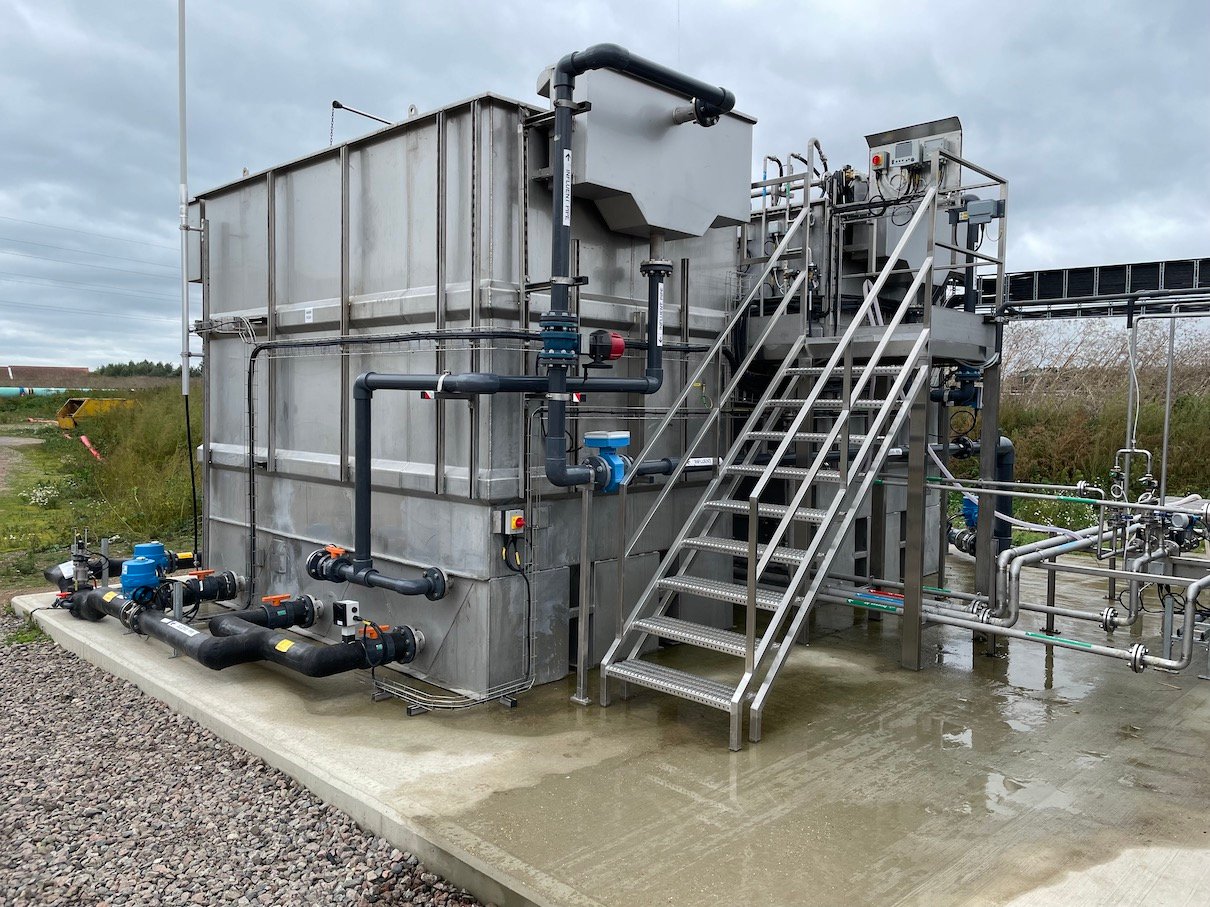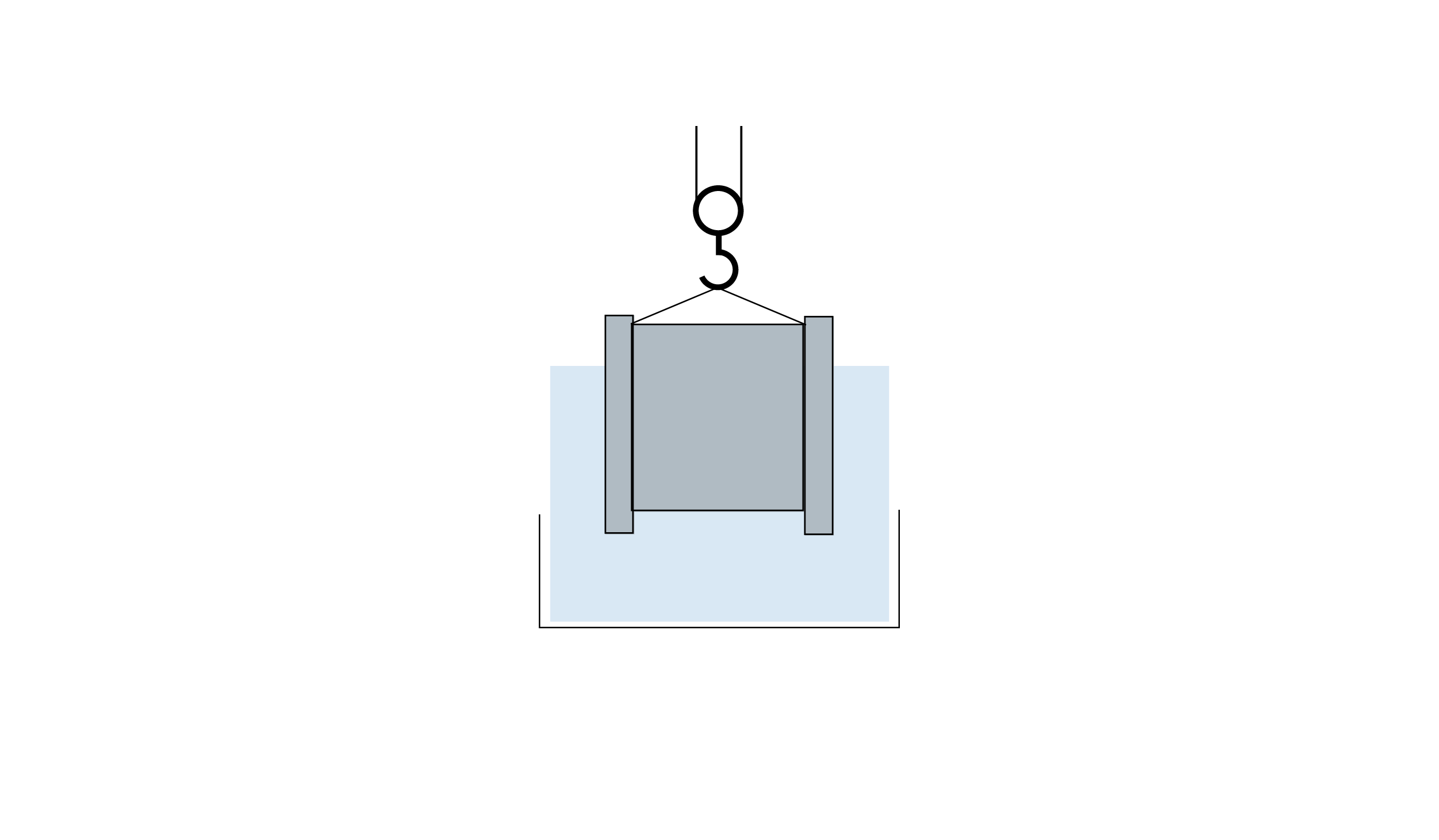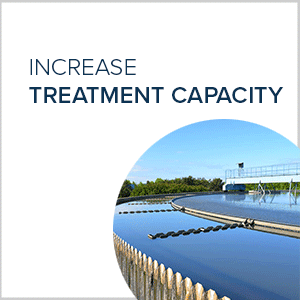The Hidden Cost of Tourism on Your Local Infrastructure
In recent years there has been a significant increase in protests against tourists in Europe.
A wave of angry anti-British tourist sentiment has peaked across Europe with Spaniards taking to the streets in violent protests as many resorted to anti-tourism slogans and graffiti throughout its tourist hubs. Daily Express, June 5th, 2018
The reasons are numerous ranging from bad behavior to increased costs to the impact on locals as a result of the numbers. Tourist numbers in Europe look set to continue to rise as a result of the growing number of resorts served by low-cost airlines, an increase in long-haul flights from Asia direct to Europe, through to those seeking to ‘get some summer sun’ after a particularly poor winter in many northern European countries.
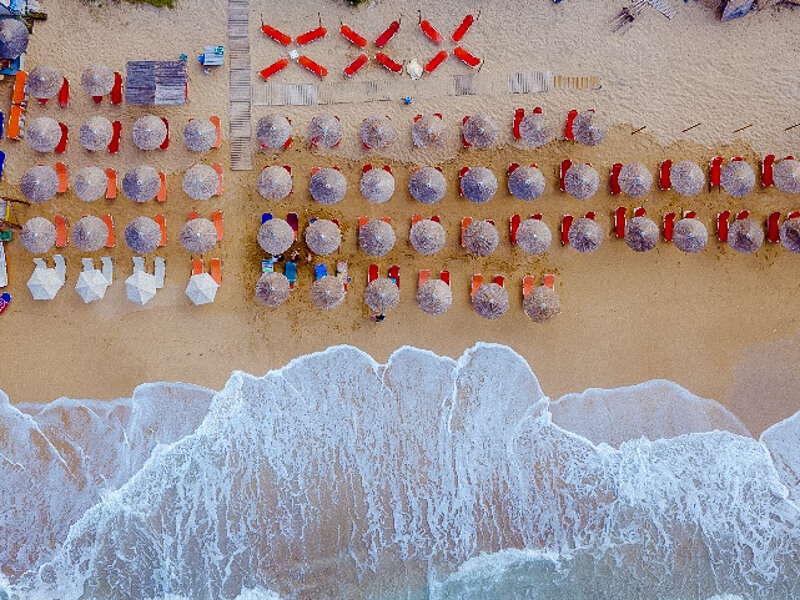
Photo by Alex Blăjan on Unsplash
Poseidon's kingdom and Kings Landing under tourists siege
An additional driver is the increased concentration of tourists in a small number of European destinations, as once popular resorts in countries from Egypt to Jordan to Morocco to Turkey suffer from perceived security risks.
However, what is less understood is the impact these population spikes can have on the underlying infrastructure particularly when the % increases are significant.
Take Santorini in Greece, where the number of permanent residents has shot up to 25,000 due primarily to the success of the island as a tourist destination. However, the island attracts millions of tourists a year putting pressure on the local infrastructure and exacerbating the divide between the haves and have-nots. Greece will welcome a record 32 million foreign travelers in 2018 - more than twice the 15 million tourists who visited in 2010. Santorini is the Greek island which feels the crush the most. An incredible 5.5 million overnight stays were recorded on the idyllic island last year. (Source: Daily Express)
“We have reached saturation point. The pressure is too much,” sighs Nikos Zorzos, Santorini’s mayor , lamenting the lack of economic and environmental sustainability. “Santorini has developed the problems of a city. Our water consumption alone has gone up [by 46%]. We need desperately to increase supplies but that requires studies, which in turn require technicians and that we cannot afford.” The Guardian, August 28th, 2017
Dubrovnik in Croatia is witnessing similar record tourist levels based in part on its inclusion in the popular Game of Thrones series.
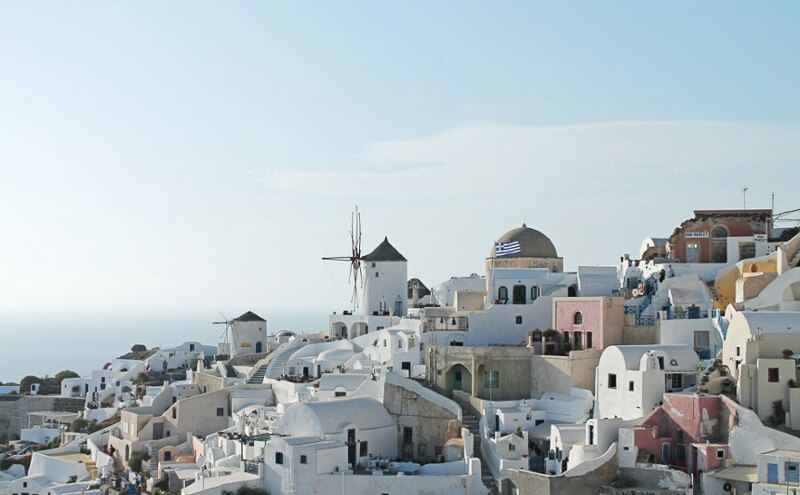
Photo by Margaret Barley on Unsplash
Close up on the water issue
Aside from the issues listed above, the impact on the local infrastructure struggles to gain the attention it warrants. The stress the additional numbers put on water, and wastewater is significant. Most of these locations would have developed their water and wastewater infrastructure decades earlier. Never in their wildest dreams would the municipal planners have considered capacity spikes of the magnitudes being witnessed today, and the results are profound.
Municipalities struggle with:
1. Meeting the demand for drinking water and dealing with both, an increased flow and higher COD loading of wastewater.
2. Employing enough technical staff to operate and maintain drinking water treatment installations and WWTP's (wastewater treatment plants) during the peaks.
3. Running new, but over-designed WWTP for the off-holiday season.
4. Dealing with a sudden ramp-up of the flow and COD load that conventional activated sludge systems can not easily adapt to.
5. Finding a suitable location and sufficient space to upgrade the WWTP.
How to deal with the seasonal increased capacity issue in municipal WWTP?
The good news is that a number of modern wastewater solutions can be deployed in a cost-effective manner that can help alleviate the problems caused by the spikes. Take MABR as an example, this innovative technology can be used to increase the efficacy of existing plants without needing additional footprint or significant CAPEX.
OxyMem MABR with an iFAS application (OxyFAS), can be directly applied to existing municipal WWTPs. OxyMem MABR is a modular system so it can be applied to increase capacity to a wide range of municipal WWTP sizes and to accommodate sudden changes of PE (People Equivalent) that the particular municipality needs to deal with at any given time.
MABR modules are easy to transport and install. Employment of the OxyFAS modules to the existing WWTP do not require any additional footprint.
As the OxyMem MABR technology is based on engineered and enhanced biofilm performance versus activated sludge system, biology supported on OxyMem membranes in OxyFAS reactor adjust instantly to the fluctuating wastewater characteristics.
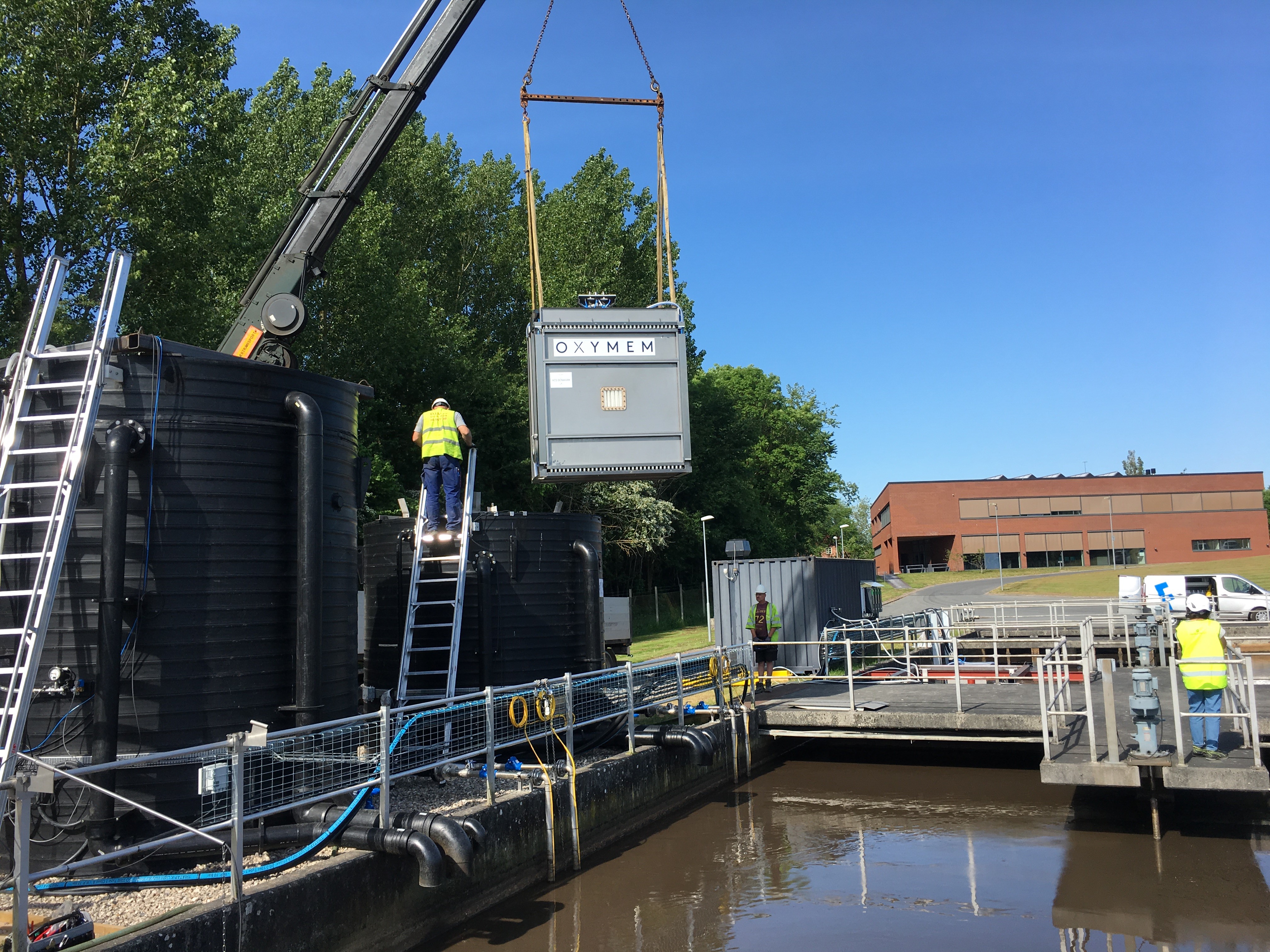
In summary, the spike in tourism in Europe looks set to continue, putting additional pressure on the communities that host these visitors during a narrow summer window. Tolerance levels are falling as the impact outweighs the benefits (particularly as the value being captured is often concentrated among a few). As temperatures are set to soar patience is beginning to wear thin. It is incumbent on municipalities to ensure that the value created is shared more evenly, and that gains are invested into infrastructure for the benefit of the wider community. Investing in water and wastewater treatment capability represents but two areas worthy of focus. The good news is that significant improvements can be made without necessitating access to budgets above and beyond what local councils have access to.

